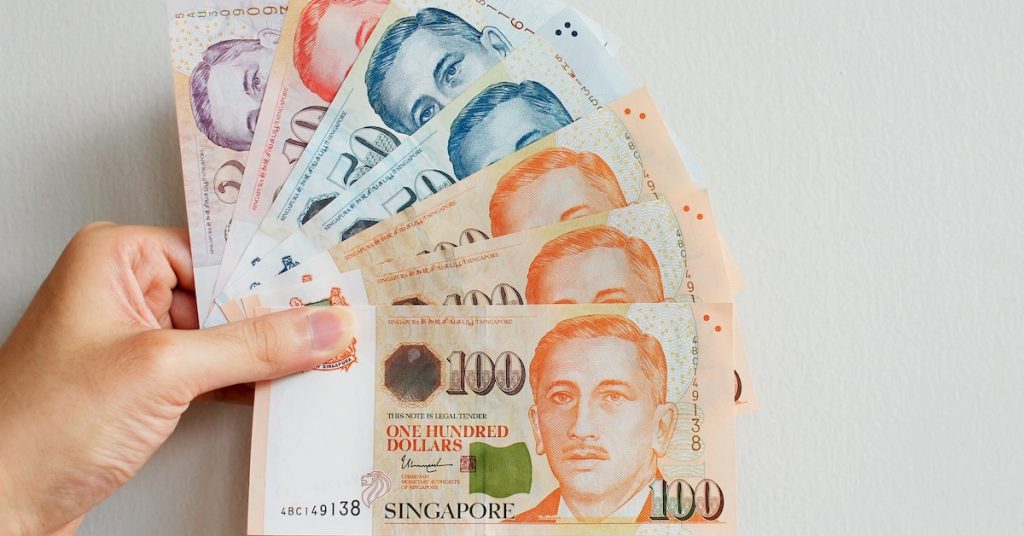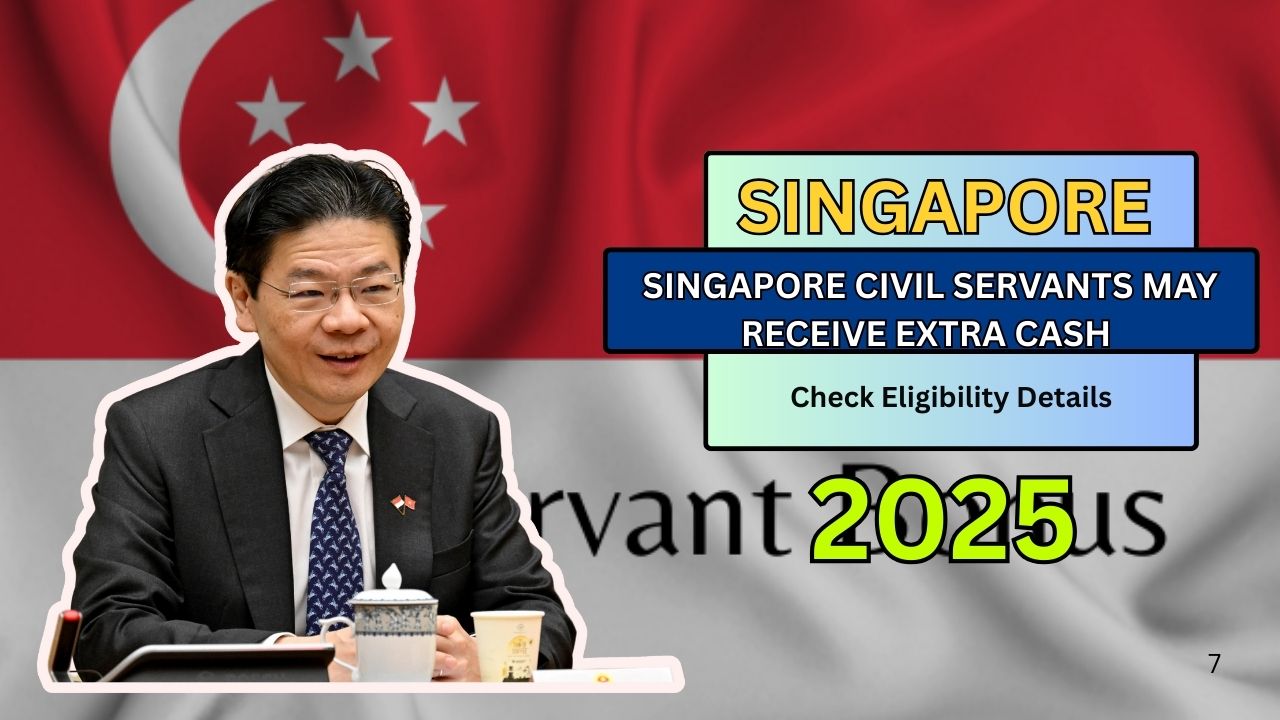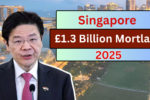Singaporean civil servants are among the most closely monitored segments of the workforce when it comes to annual bonus payouts.
With economic performance acting as a key driver for public sector compensation, each mid-year and year-end bonus is announced only after careful consultation with national wage councils and a review of macroeconomic conditions.
While 2025 bonus figures have not yet been released, looking back at 2024 offers a useful roadmap for what to expect this year.
2024 Civil Servant Bonus Breakdown
Singapore’s civil servants received a total of 2.5 months’ worth of bonuses in 2024, comprising a mid-year bonus, a year-end bonus, and the 13th-month Non-Pensionable Annual Allowance (NPAA).
Mid-Year Bonus – June 2024
In June 2024, all civil servants were granted a 0.45-month bonus. To support lower-income workers, the Public Service Division (PSD) also introduced additional one-time payments:
- MX13(I) and MX14 grades: S$150
- MX15, MX16, and Operations Support Scheme (OSS) Grades III and IV: S$250
Year-End Bonus – November 2024
In November 2024, civil servants received a 1.05-month year-end bonus, accompanied by another one-time payment of S$600 to those in junior grades:
- Specifically for MX15, MX16, and OSS Grades III and IV
Total for 2024
The overall payout in bonuses for most civil servants included:
- Annual Variable Component (AVC): 1.5 months (mid + year-end)
- 13th-month NPAA: 1.0 month
- Total guaranteed payout: 2.5 months’ salary
- One-time support payouts: Up to S$850 for junior-grade officers
This structure highlights the government’s continued commitment to both recognizing the contributions of its public workforce and cushioning lower-grade employees against inflationary pressures.

What to Expect in 2025
As of April 2025, no official announcement has been made regarding the upcoming mid-year or year-end bonuses. Historically, the mid-year bonuses are released in June, with year-end figures disclosed in November or December, after reviewing national economic performance.
Expectations remain cautious, especially as Singapore navigates global uncertainties, such as inflation, regional conflicts, and supply chain disruptions. Still, given last year’s precedent, civil servants can reasonably anticipate:
- A mid-year bonus announcement around June 2025
- Potential one-time support payments again for lower-income grades
- Year-end announcements based on Q3 and Q4 economic results
Why the Bonus Structure Matters
Singapore’s civil service bonus structure isn’t just about rewarding performance. It’s also a reflection of the government’s policy response to prevailing economic conditions. The inclusion of one-off payments for junior staff signals a targeted approach to cost-of-living relief, especially as inflation continues to affect household expenses.
The system also aligns with wage policies discussed by the National Wages Council (NWC)—a tripartite body comprising employers, unions, and the government. Each year, the NWC provides guidelines to help determine salary adjustments across sectors, including civil service bonuses.
Who Is Eligible?
All permanent and contract civil servants under the Public Service Division fall under the eligibility criteria for bonuses. Grades such as MX13(I) to MX16, as well as OSS Grade III and IV, are explicitly covered in bonus disbursements and supplementary payouts.
This includes employees from various public service sectors like education, law enforcement, infrastructure, and administration.
Final Word
While the 2025 bonuses are yet to be declared, civil servants in Singapore can expect continuity in the structured and fair approach the government has maintained for years. With an emphasis on economic performance, wage equity, and social support, the bonus scheme remains a key pillar of the public service compensation strategy.
Civil servants are advised to keep track of updates via the official Public Service Division portal and mainstream trusted news platforms like The Straits Times or Channel News Asia.
This article has been carefully fact-checked by our editorial team to ensure accuracy and eliminate any misleading information. We are committed to maintaining the highest standards of integrity in our content.

Outside of work, he enjoys playing chess, following cricket, and writing short stories. His commitment to integrity and in-depth analysis strengthens OTE News’ mission of providing trustworthy journalism.




